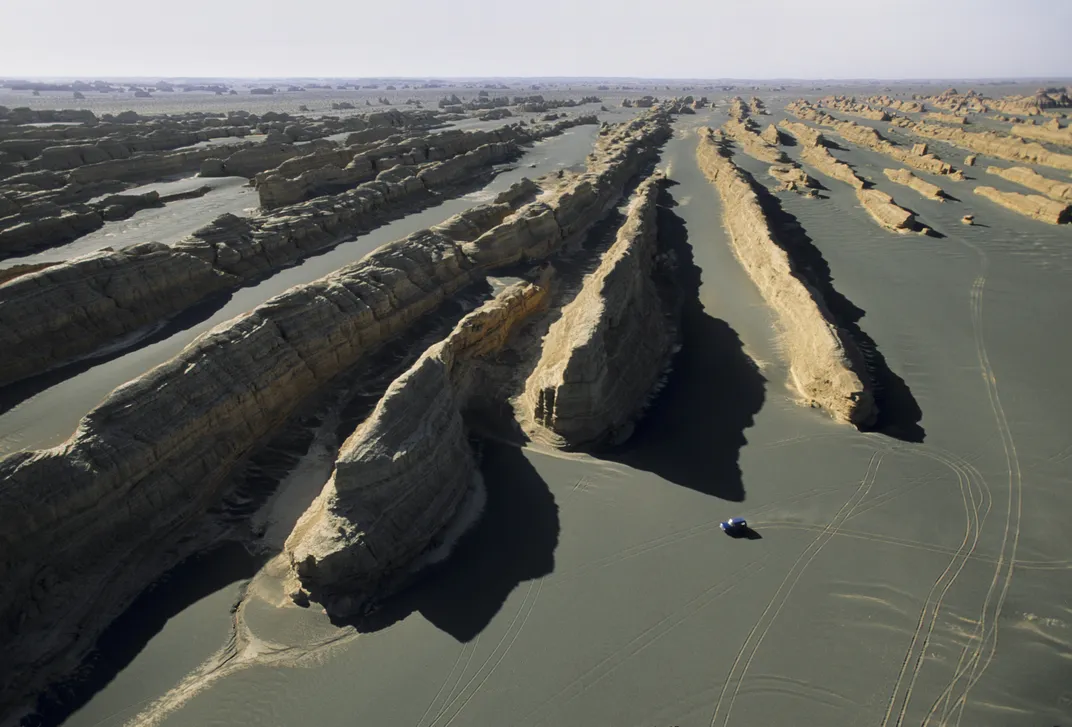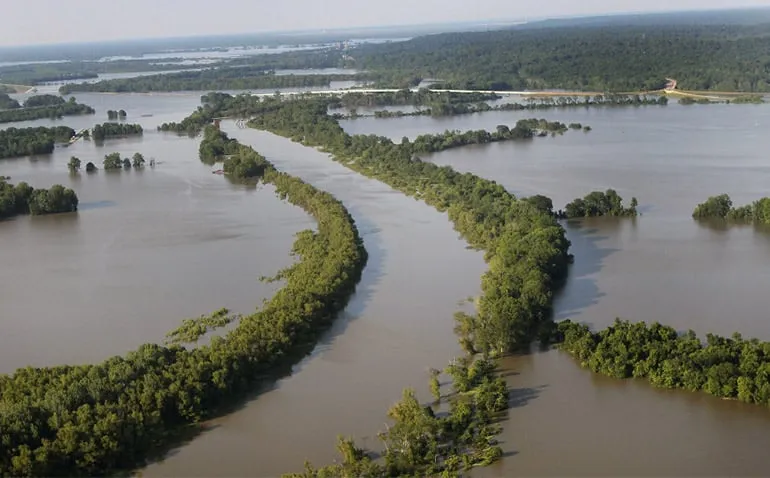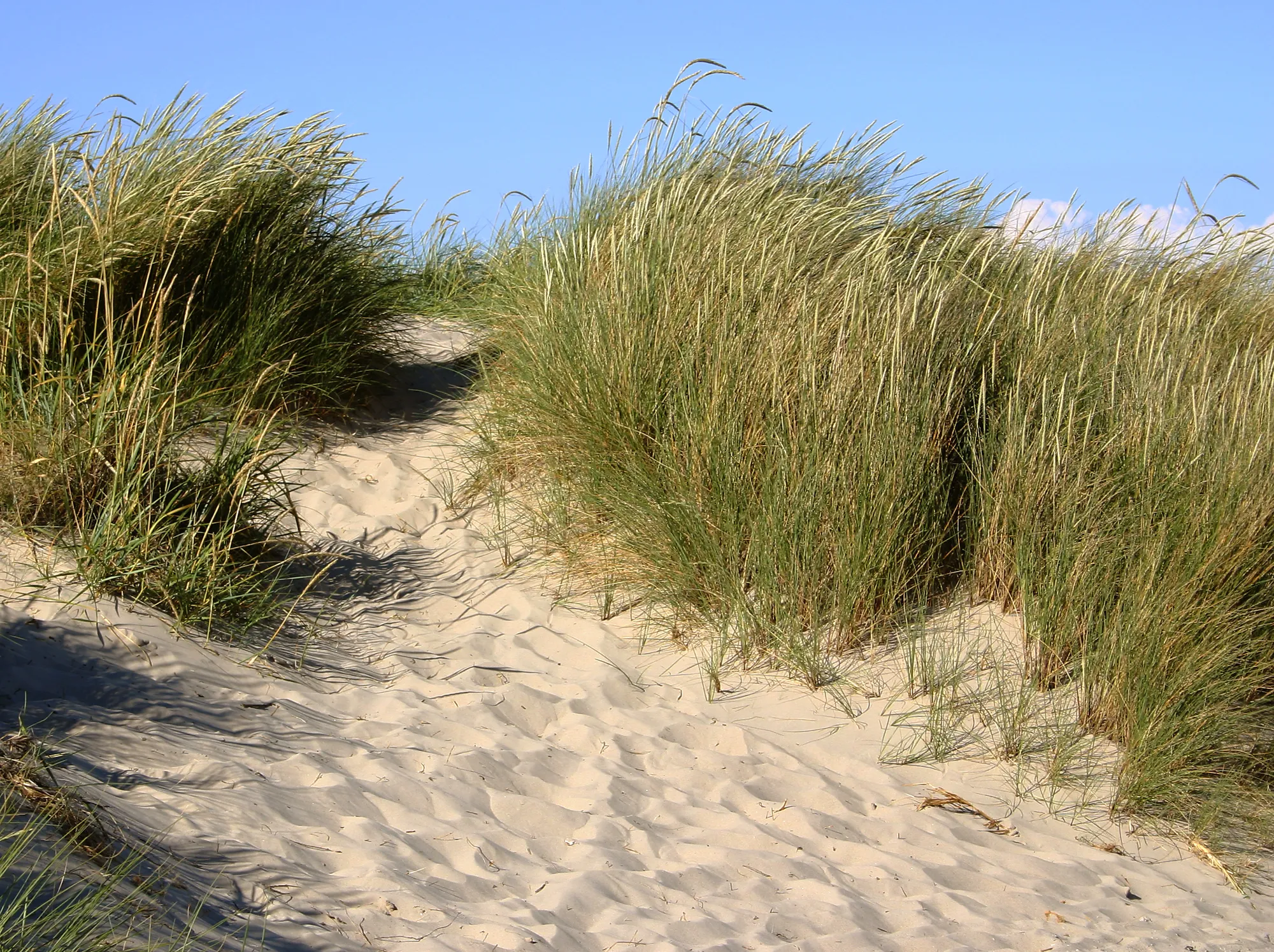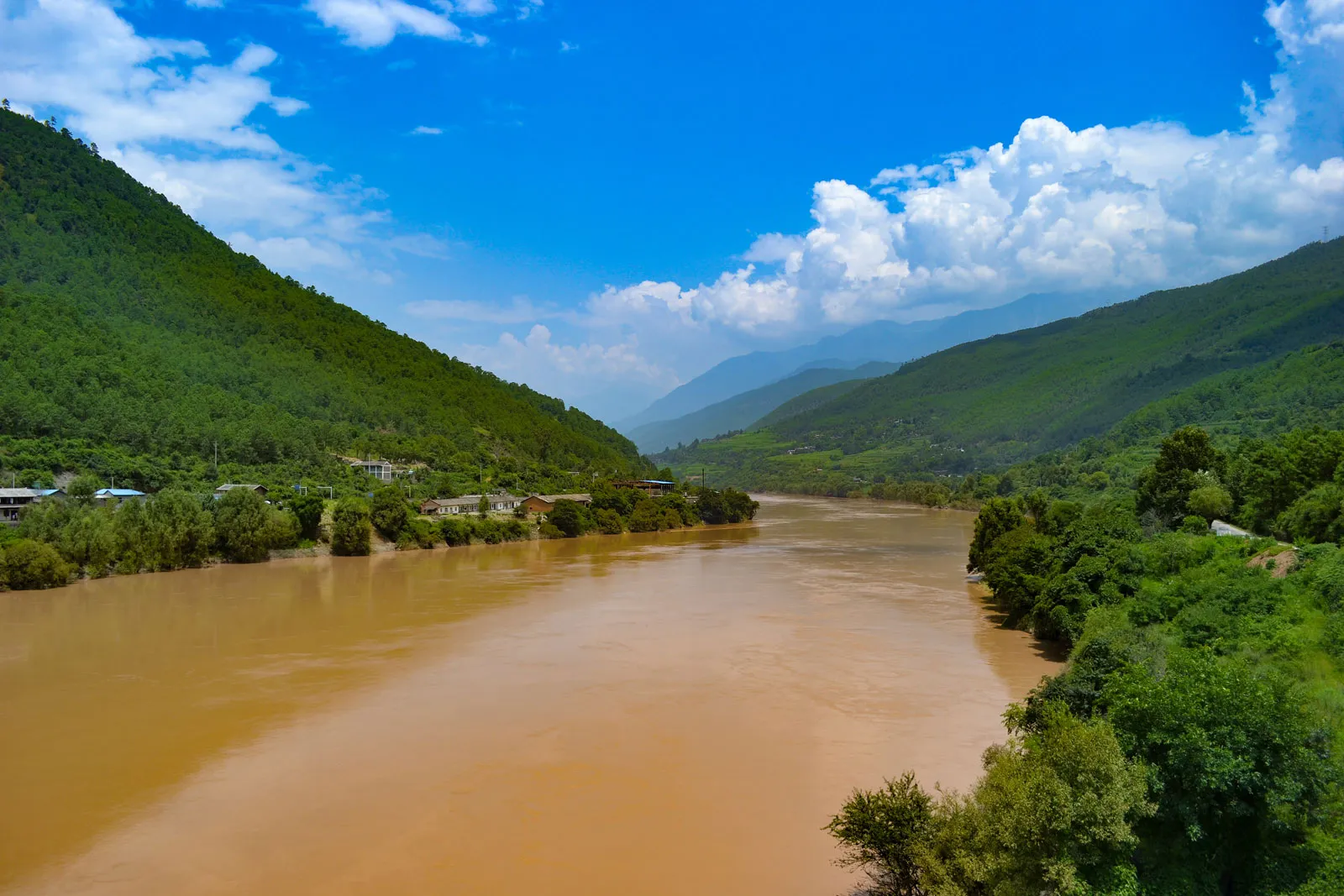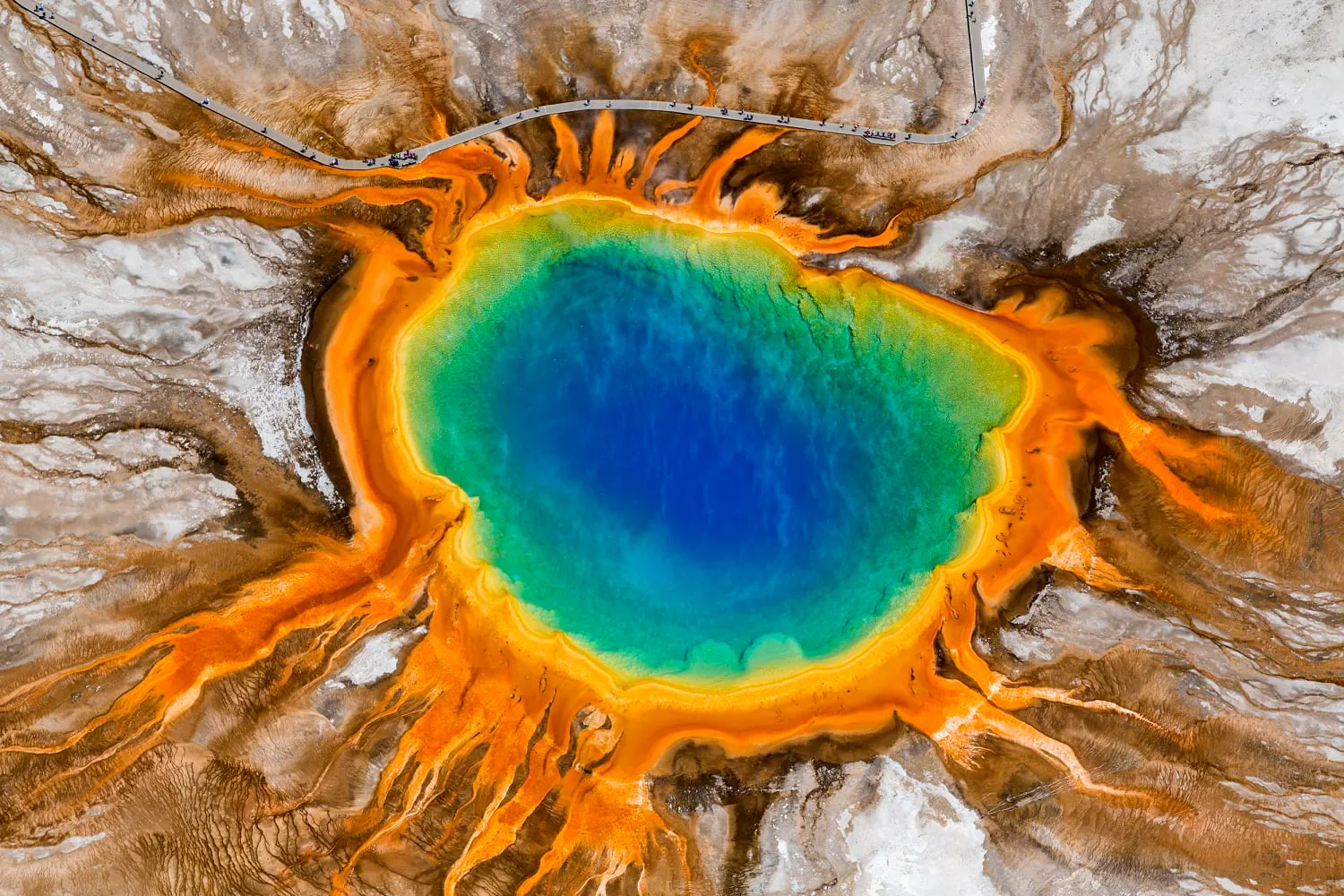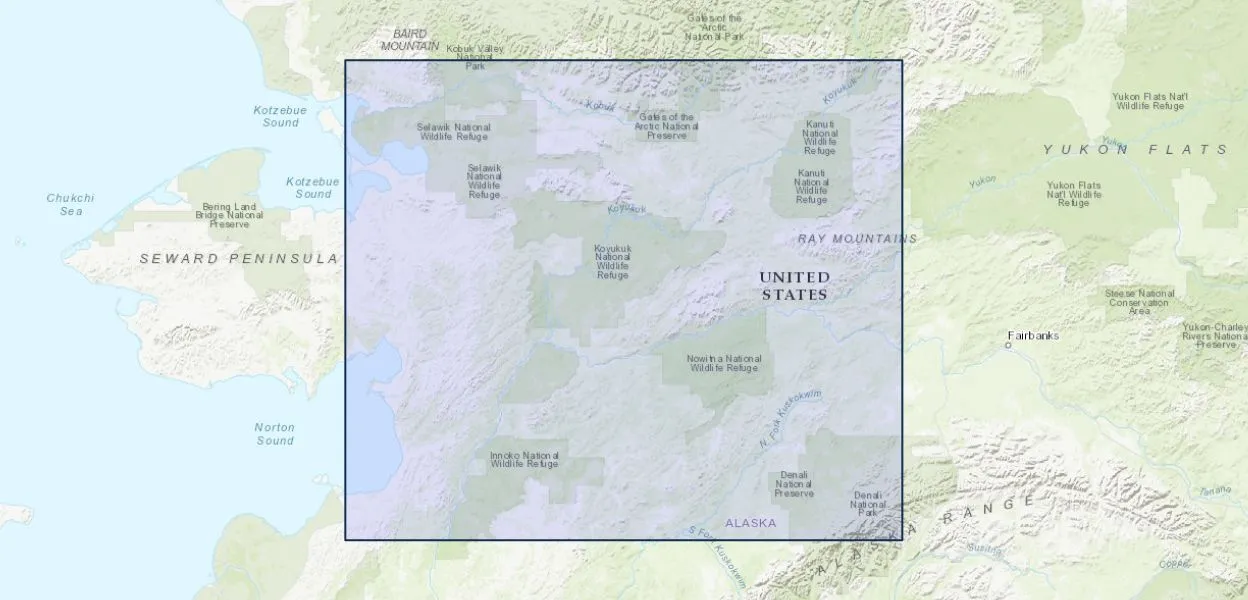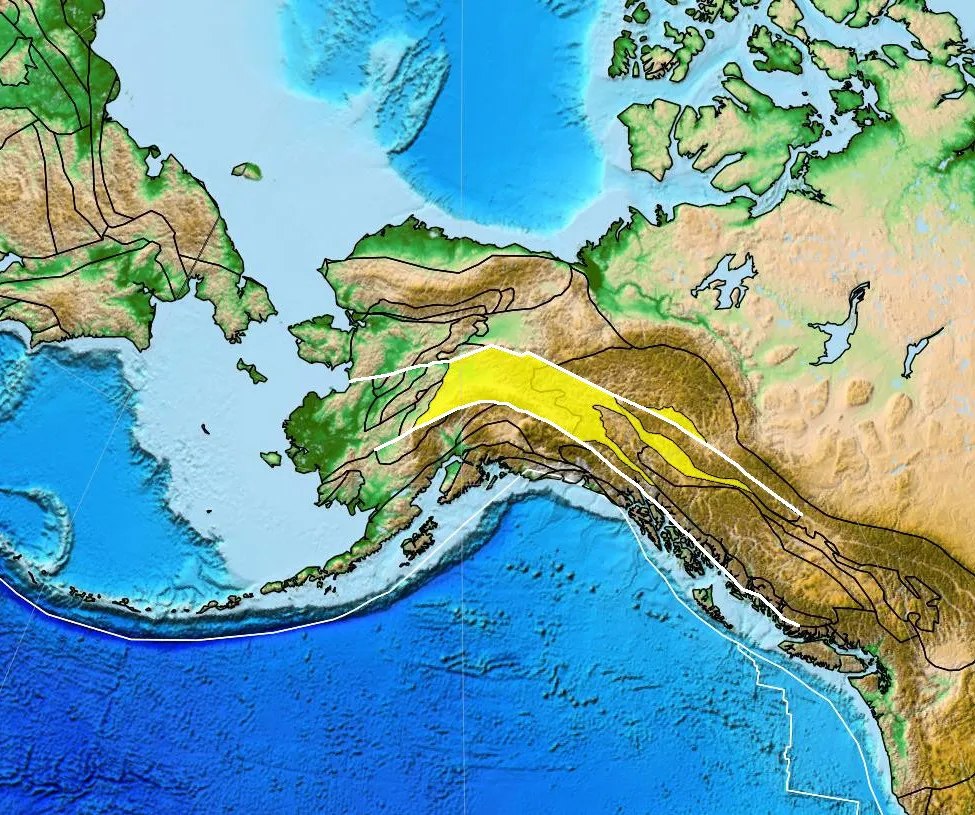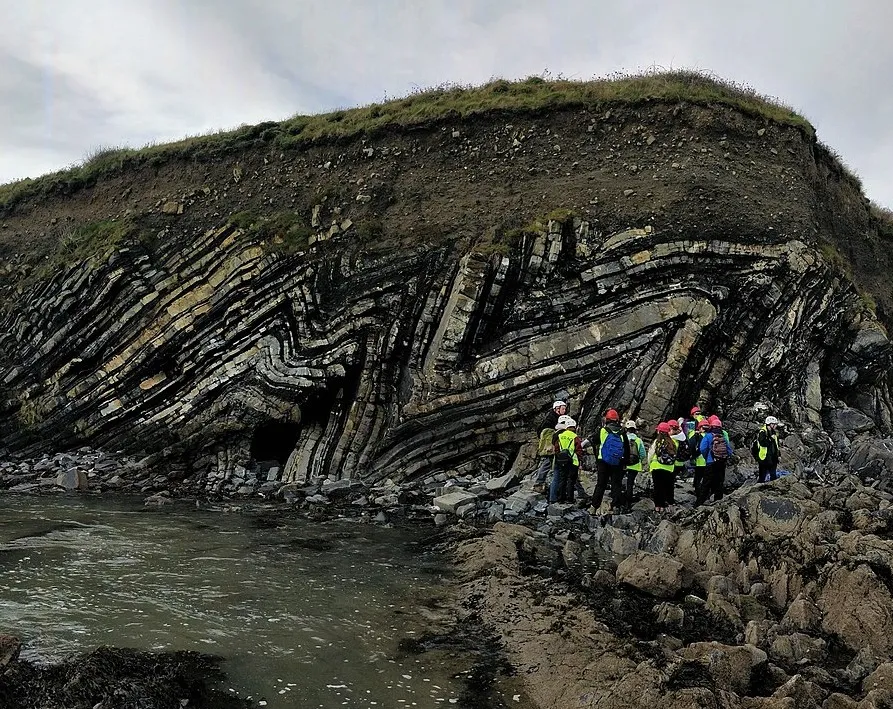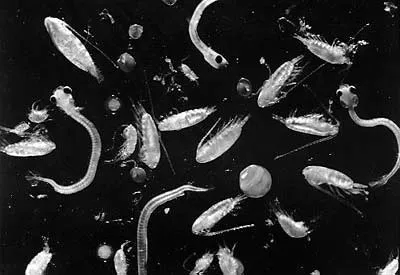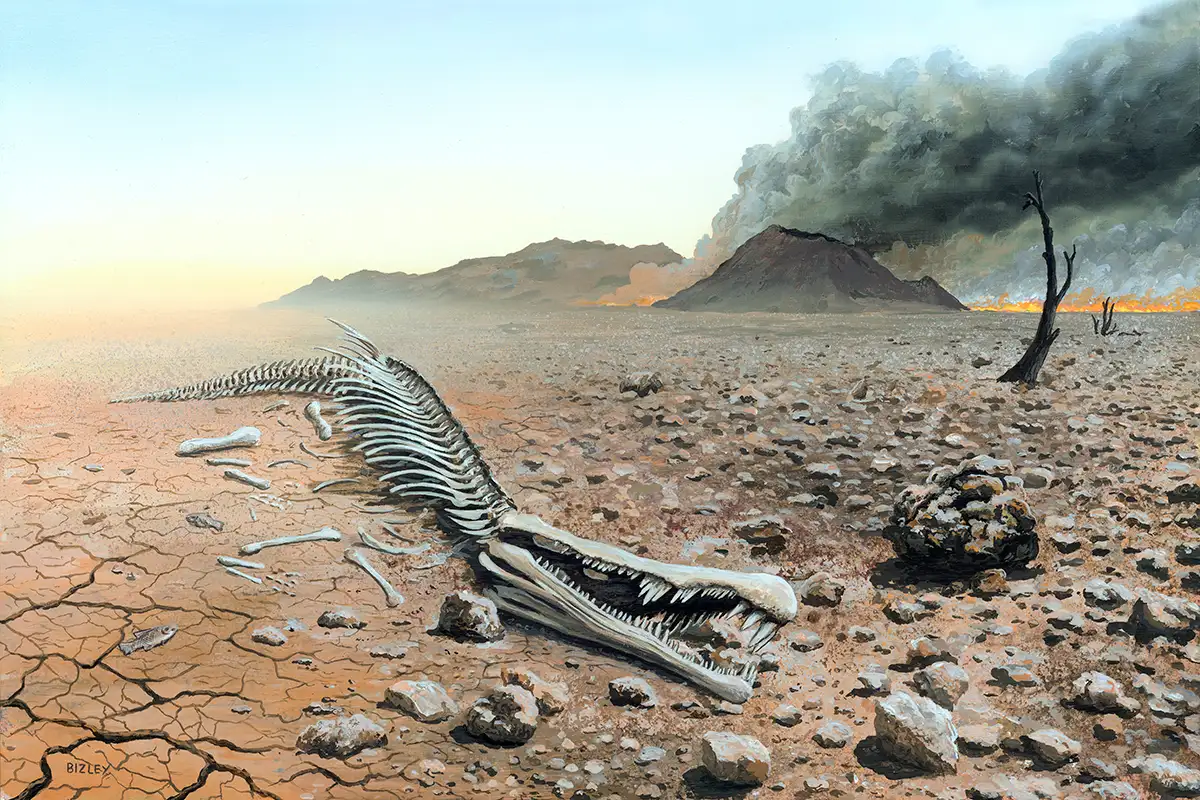The Yamato Basin is a submarine basin in the Sea of Japan, bordered by the Yamato Rise and the Japan Basin. This basin is significant in marine geology and plate tectonics for understanding the processes of back-arc basin formation, the tectonic evolution of the Sea of Japan, and the sedimentary processes that have shaped the basin.
Reference: Tamaki, K. (1988). “Geometric Model of Back-Arc Spreading.” Tectonophysics, 146(1-4), 155-165.


